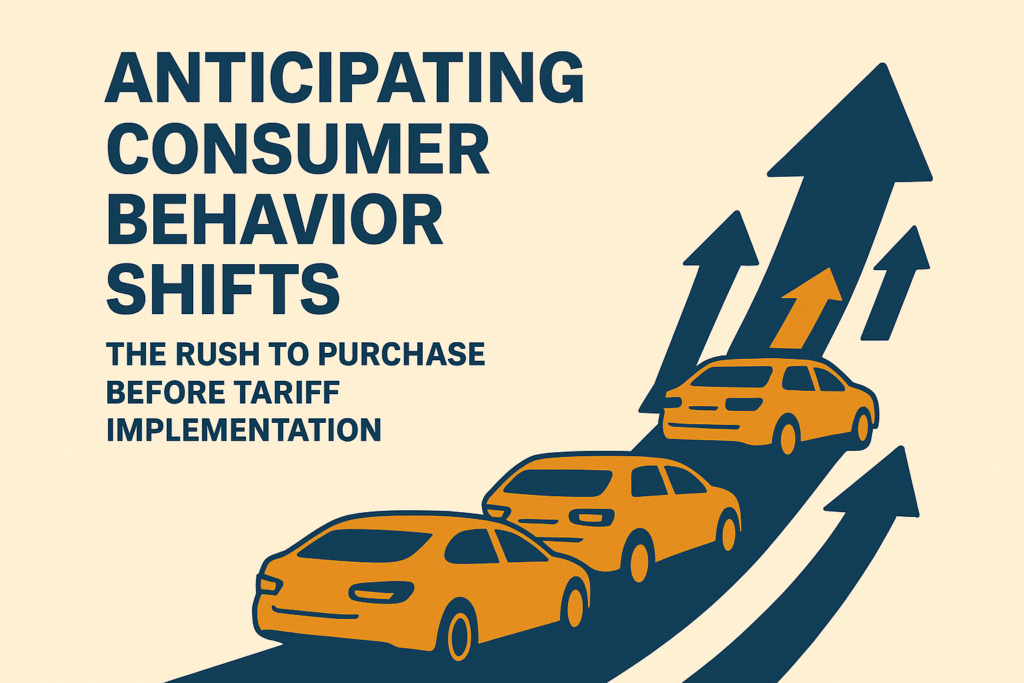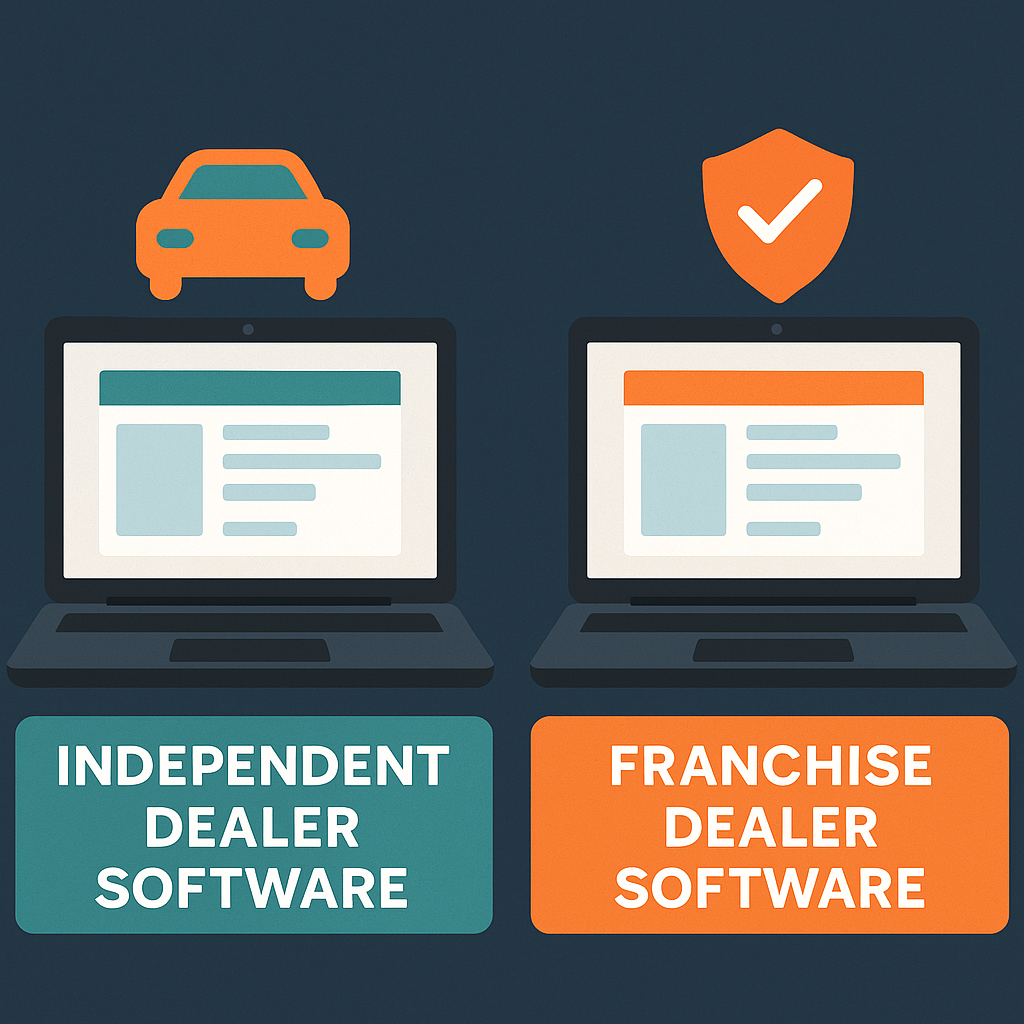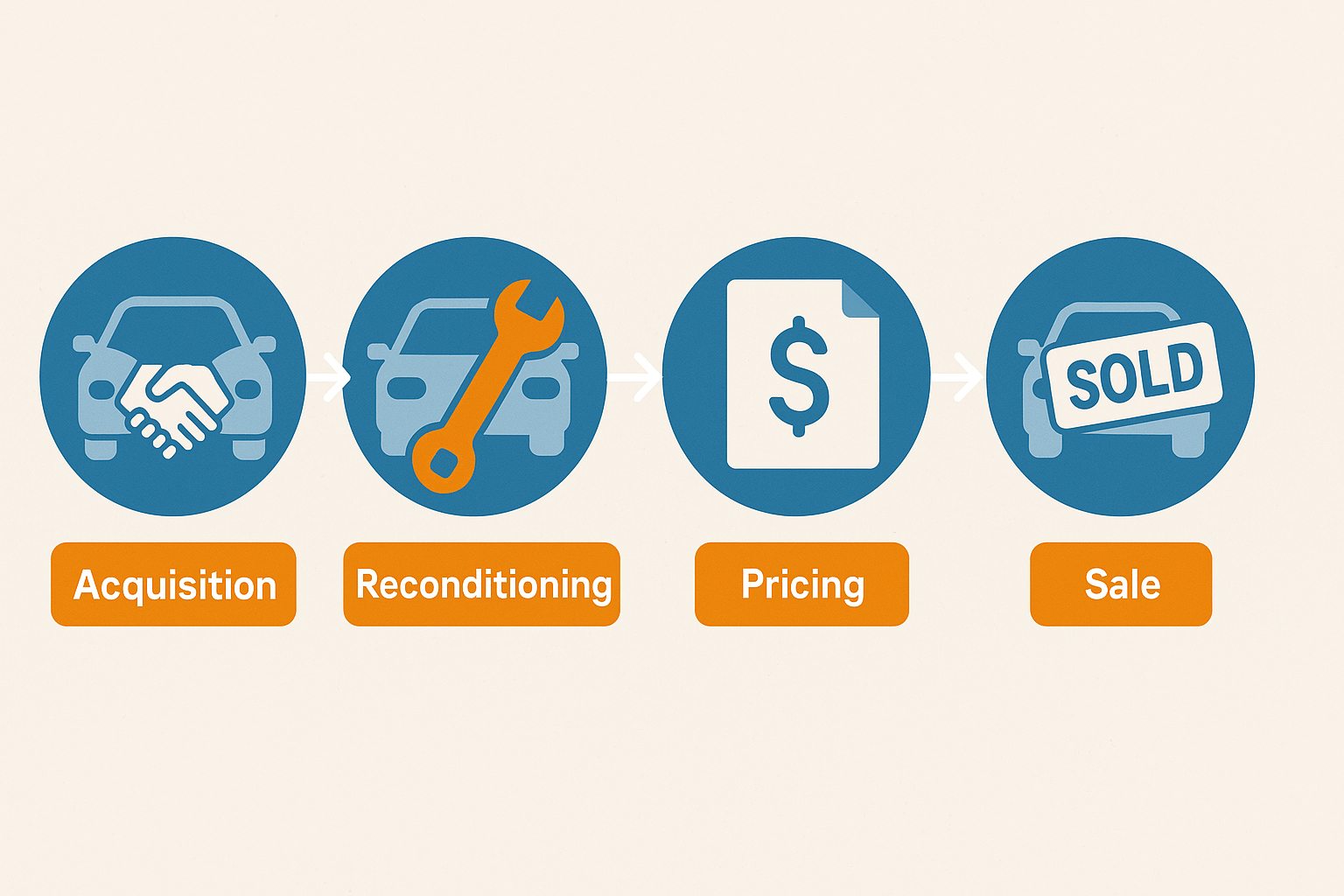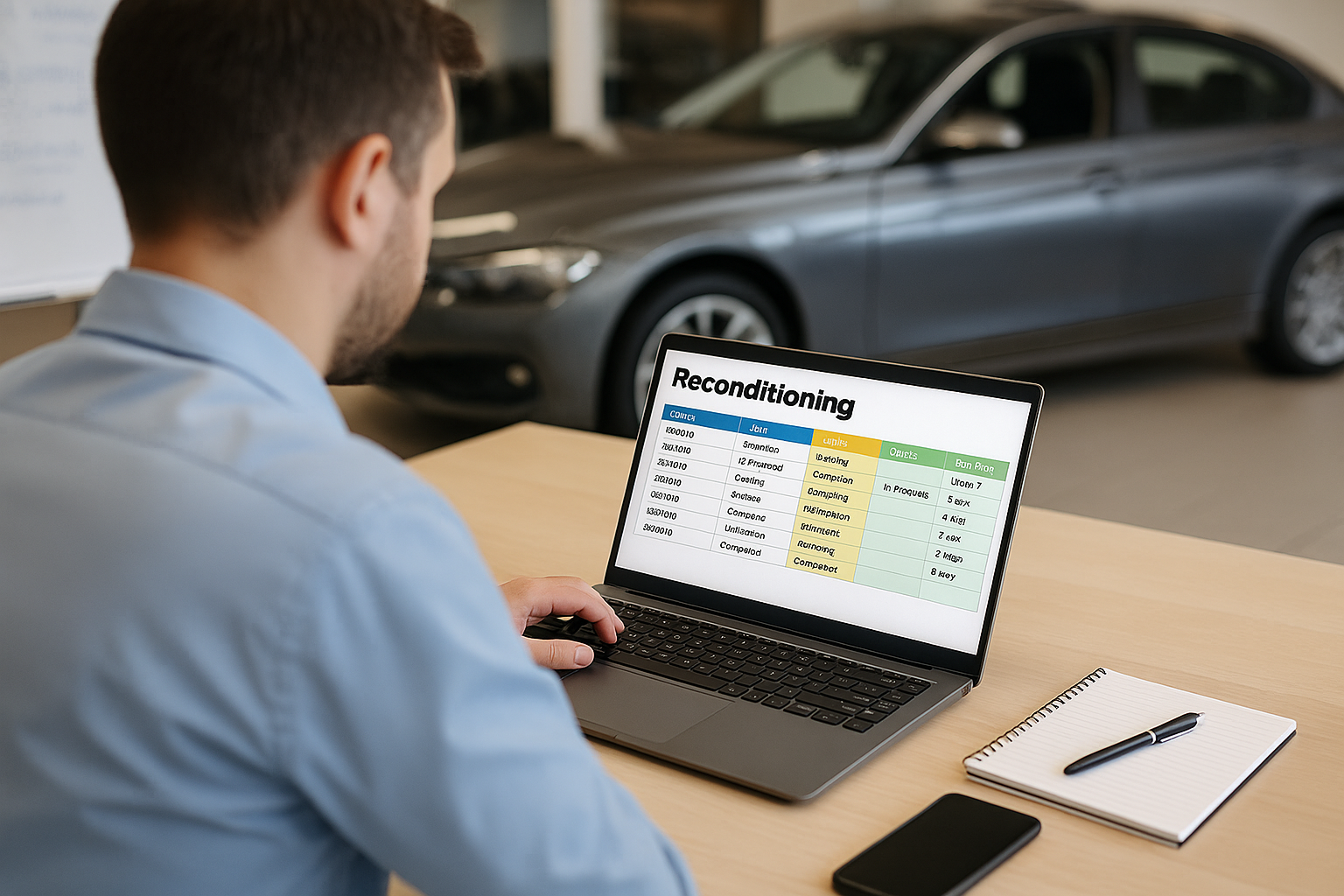Introduction
As the U.S. government moves to implement higher auto tariffs in 2025, many consumers are rushing to make car purchases before the tariffs cause prices to rise. This sudden shift in consumer behavior is reshaping the buying patterns in the automotive market, creating both opportunities and challenges for used car dealerships. In this blog post, we’ll explore how the rush to purchase before tariff implementation is influencing car buying trends and how dealerships can adjust their strategies to make the most of this behavior.
Why Are Consumers Rushing to Buy Before Tariffs Take Effect?
When news of tariff increases reaches the public, consumers often perceive it as a warning sign that prices will soon rise. With the auto industry heavily impacted by tariffs, especially on imported vehicles and parts, many buyers are trying to lock in lower prices before the tariff hikes. According to recent reports, this panic buying phenomenon can increase sales by as much as 15% in the months leading up to tariff implementation.
The rising cost of new vehicles due to tariff hikes has made used cars a more appealing alternative for budget-conscious buyers. Dealerships are seeing a surge in interest from customers who want to secure a deal before the price increases hit. As a result, understanding how to adjust your dealership’s sales strategies in response to this behavior is key to capitalizing on this rush.
How This Behavior Impacts Car Dealerships
The rush to buy cars before tariff increases isn’t just a consumer phenomenon—it directly impacts how used car dealerships need to approach their sales and marketing strategies. Here’s how the shift in consumer behavior can affect dealerships:
- Increased Traffic and Sales Volume: With buyers rushing to purchase vehicles ahead of the tariffs, dealerships are likely to see an increase in both foot traffic and sales volume. While this is a short-term opportunity, it requires dealerships to be well-prepared to handle the influx of customers.
- Pressure on Inventory: The rush to buy can strain a dealership’s inventory levels. Dealerships may experience a higher turnover of vehicles, especially popular models, making it essential to replenish inventory quickly and efficiently.
- Pricing Strategy Adjustments: As demand rises, pricing strategies will need to be adjusted to match market conditions. Dealerships may consider offering promotions, flexible financing, or trade-in incentives to make their vehicles more attractive to potential buyers.
Sales Strategies for Dealerships to Capitalize on Consumer Behavior
As the tariff deadline approaches, used car dealerships must adapt quickly to take advantage of increased buying activity. Here are some key strategies to consider:
- Leverage Limited-Time Offers: Create limited-time promotions that align with the rush to purchase before the tariffs hit. Special pricing or discounts can make your inventory even more appealing to time-sensitive buyers.
- Boost Marketing Efforts: Use targeted marketing campaigns to communicate urgency to potential customers. Highlight how purchasing now can save them money before the price hikes take effect. Digital ads, email campaigns, and social media posts are great ways to reach a broad audience quickly.
- Optimize Inventory Management: Ensure your dealership is stocked with high-demand models that are likely to see the biggest price increases after the tariffs. Focus on sourcing vehicles that appeal to cost-conscious consumers seeking value and reliability.
- Enhance Financing Options: Given the financial pressure some consumers may feel as prices rise, offering flexible financing options or payment plans can help make purchases more feasible for buyers. Promote these options clearly in your marketing.
- Focus on Customer Education: Educate your customers about the benefits of purchasing now to lock in lower prices. Transparency about the tariff impacts can create a sense of urgency while positioning your dealership as a trusted advisor.
Conclusion
The impending increase in auto tariffs is causing a rush to purchase cars before prices rise, creating a unique opportunity for dealerships to capitalize on heightened consumer demand. By adjusting sales strategies, optimizing inventory management, and providing targeted marketing efforts, dealerships can make the most of this temporary buying trend. However, it’s essential to act quickly and be prepared to meet the needs of an influx of buyers looking to secure the best possible deals before the tariff deadline hits.






